For the second photoshoot, I produced 210 images.


Some of my favourite images:
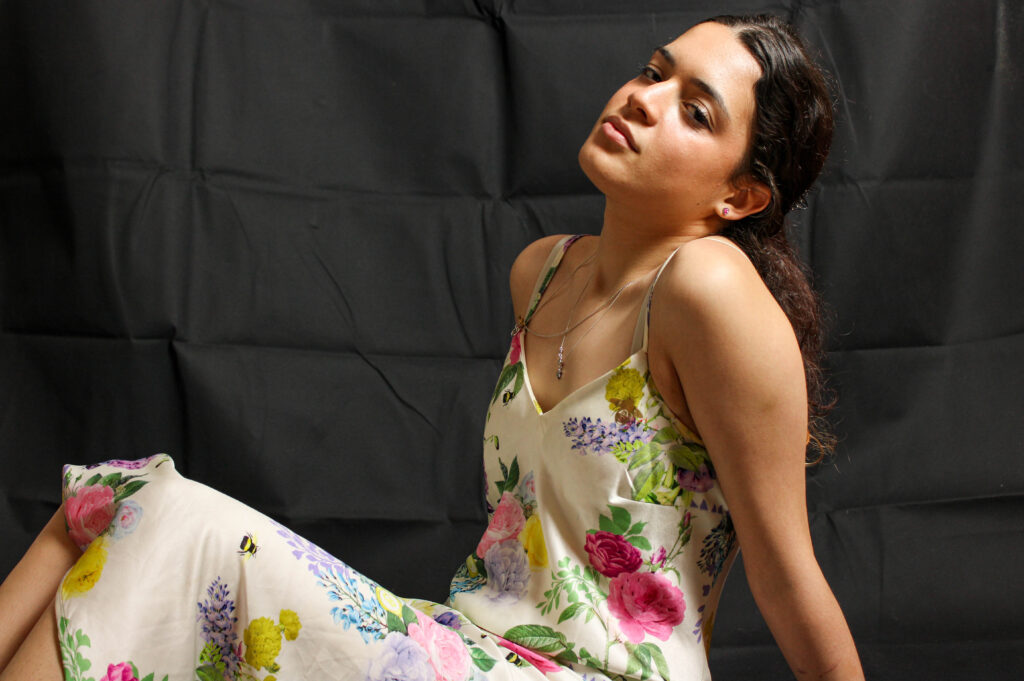
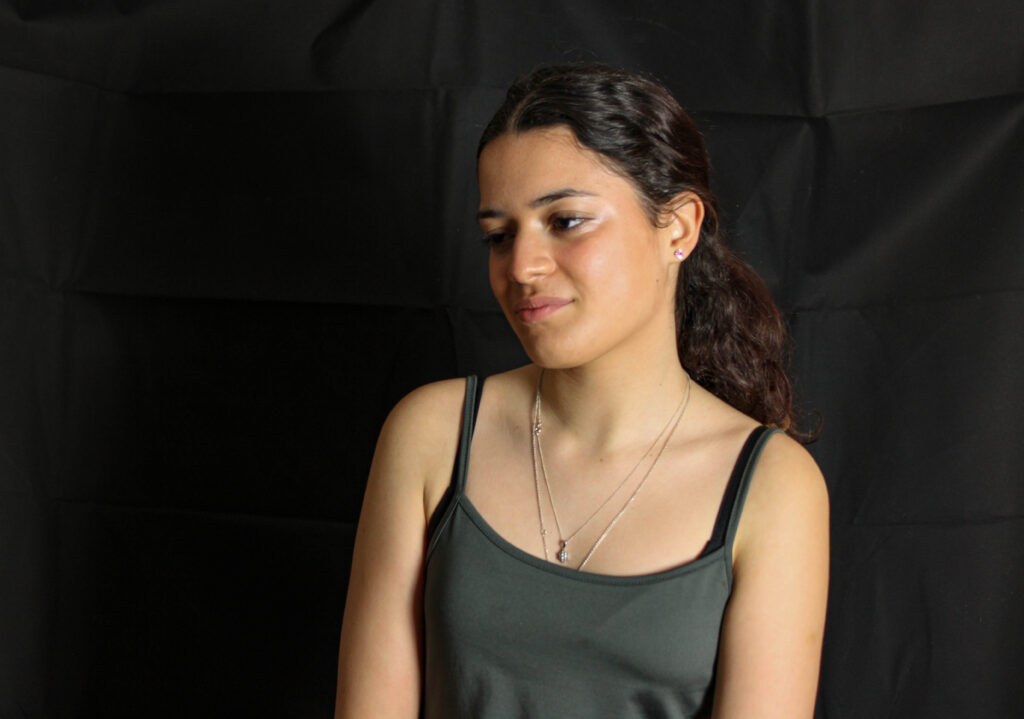
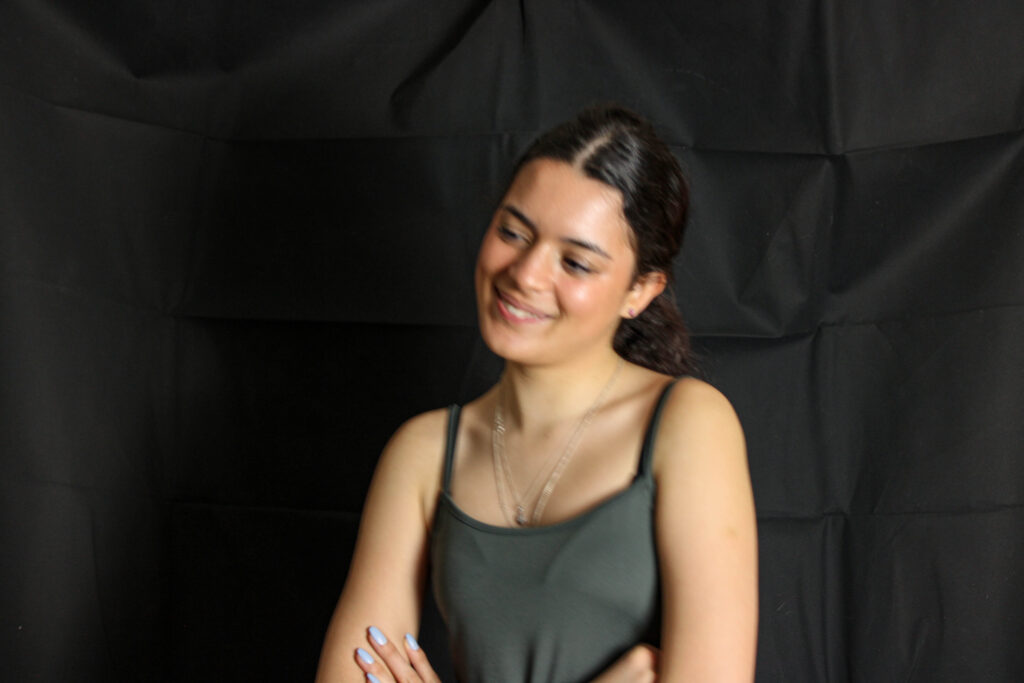
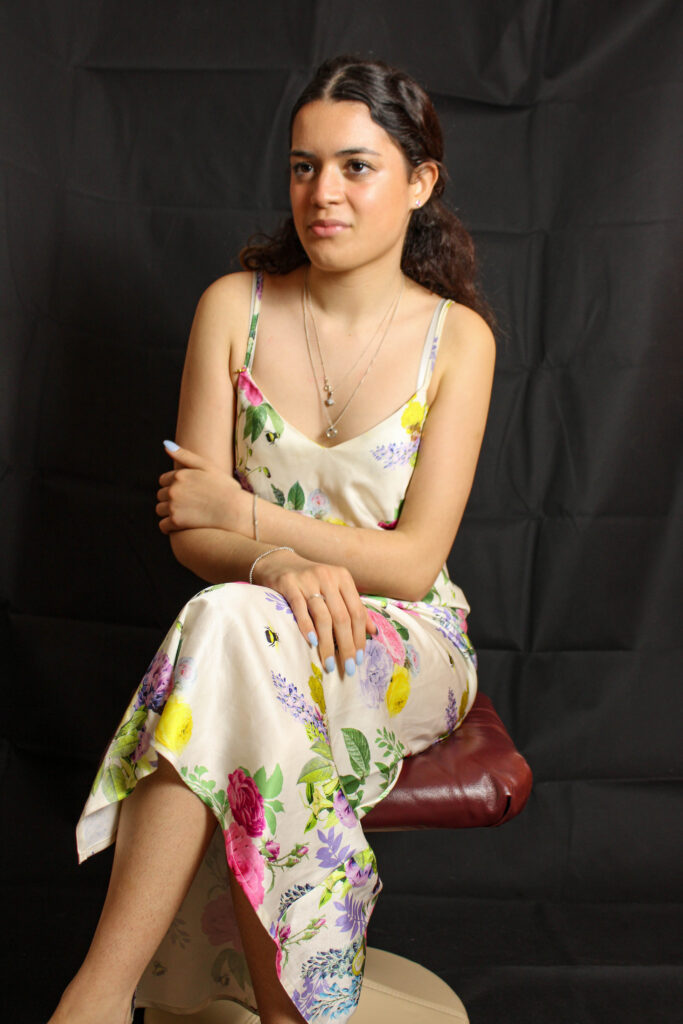
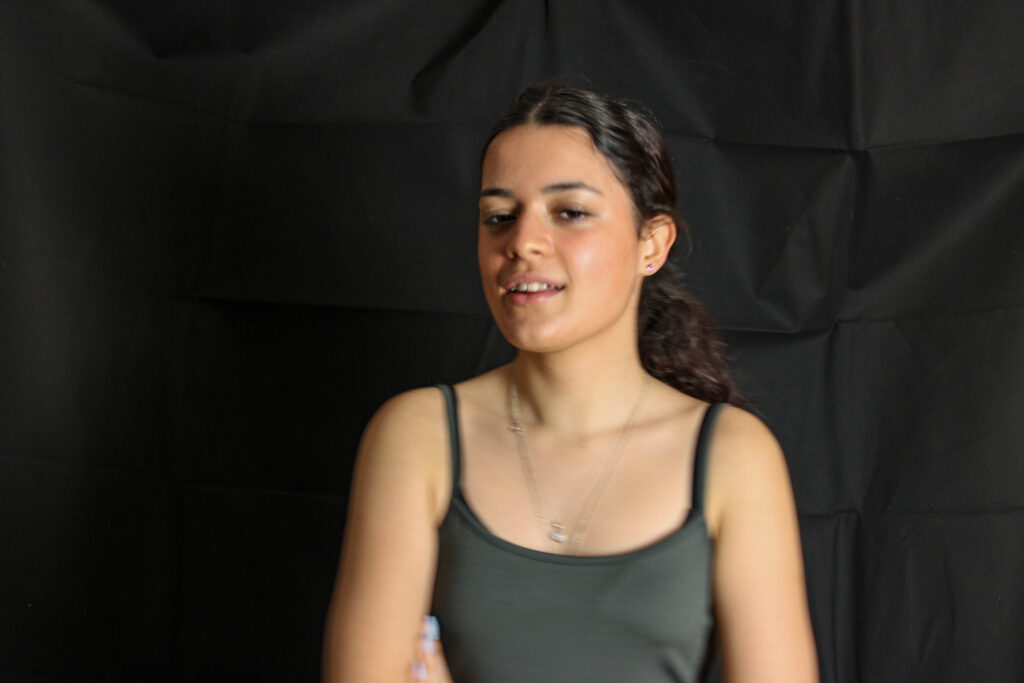
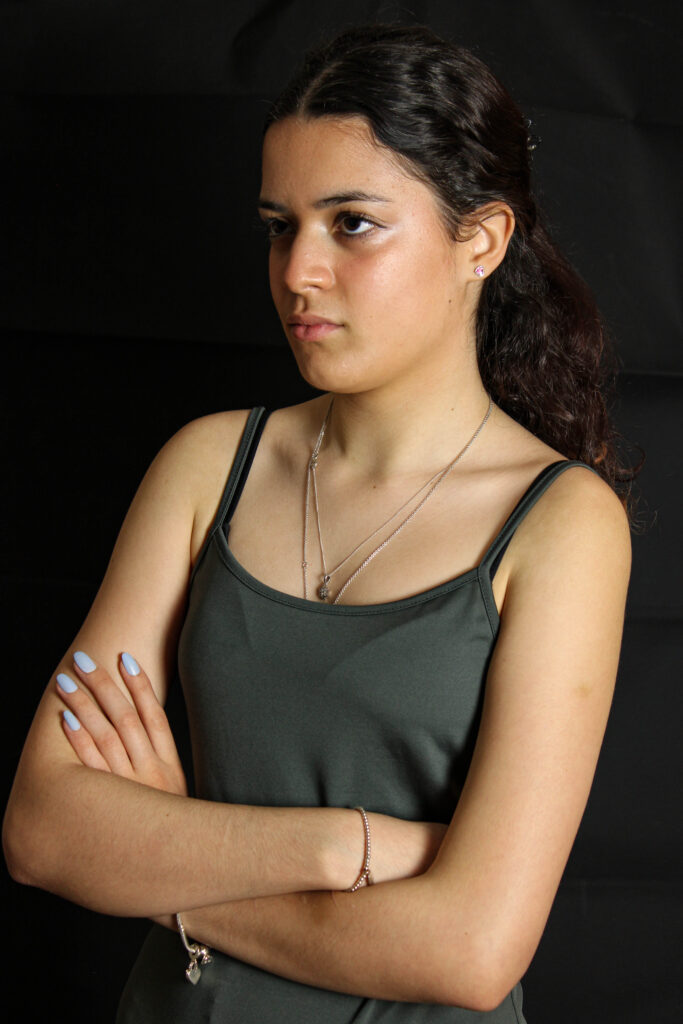
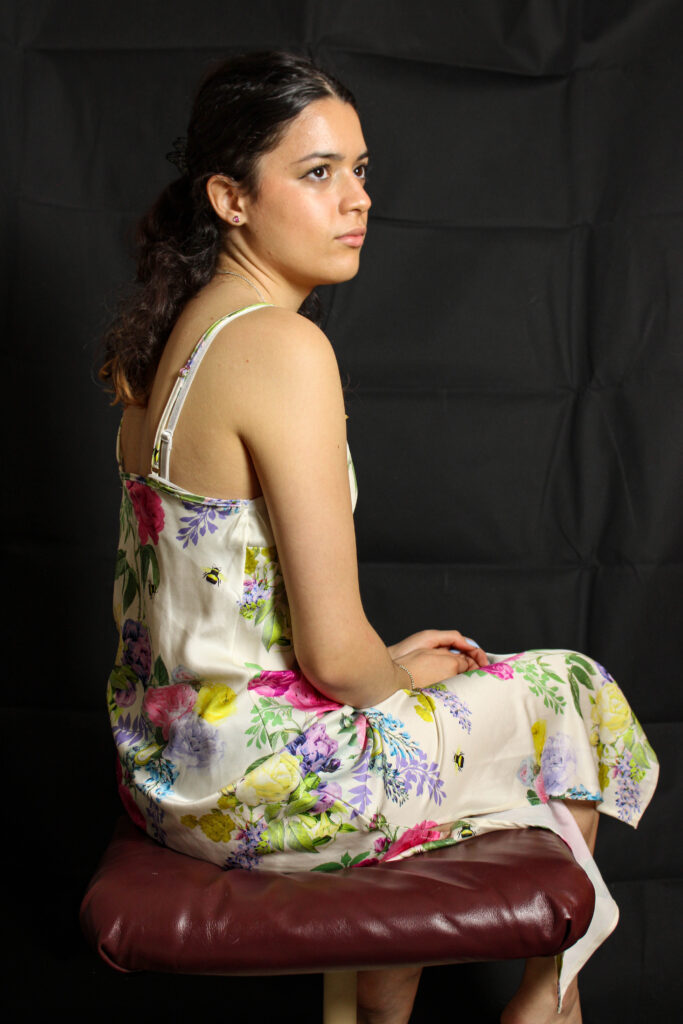
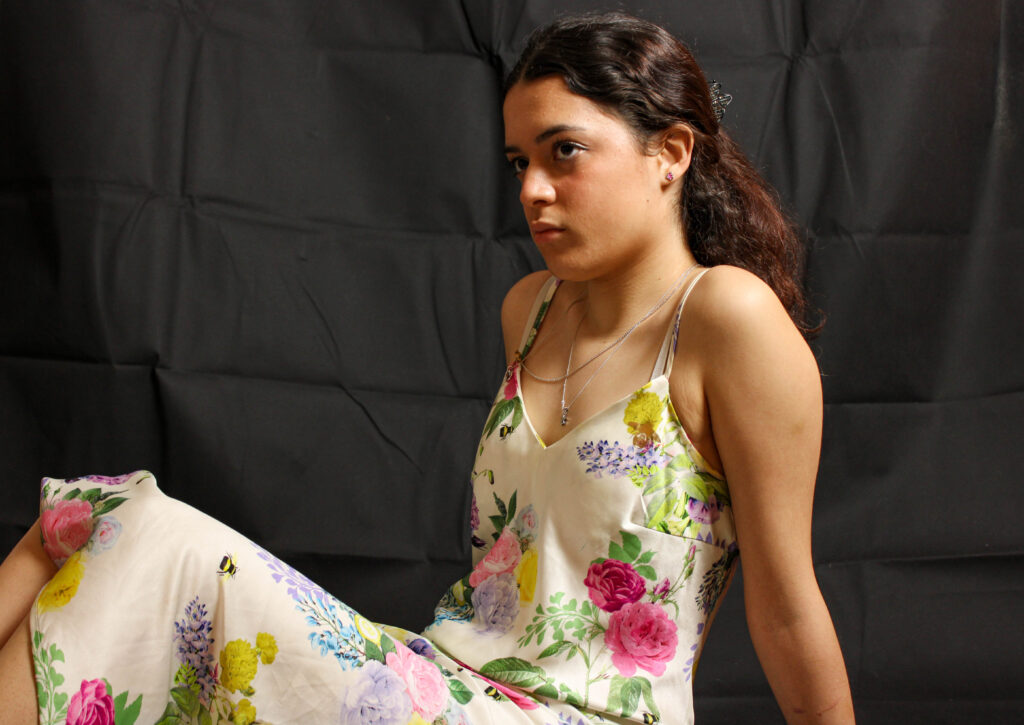
For the second photoshoot, I produced 210 images.


Some of my favourite images:








My first photoshoot started out with 442 images, after narrowing that down to 104 images, I began to edit them.



Most of the images that were of the same person were edited the same or in similar manners.














The images I have put in this post are my personal favourites from each person’s different shoots.
For my first photoshoot, I produced 442 images.




Some of my favourites:

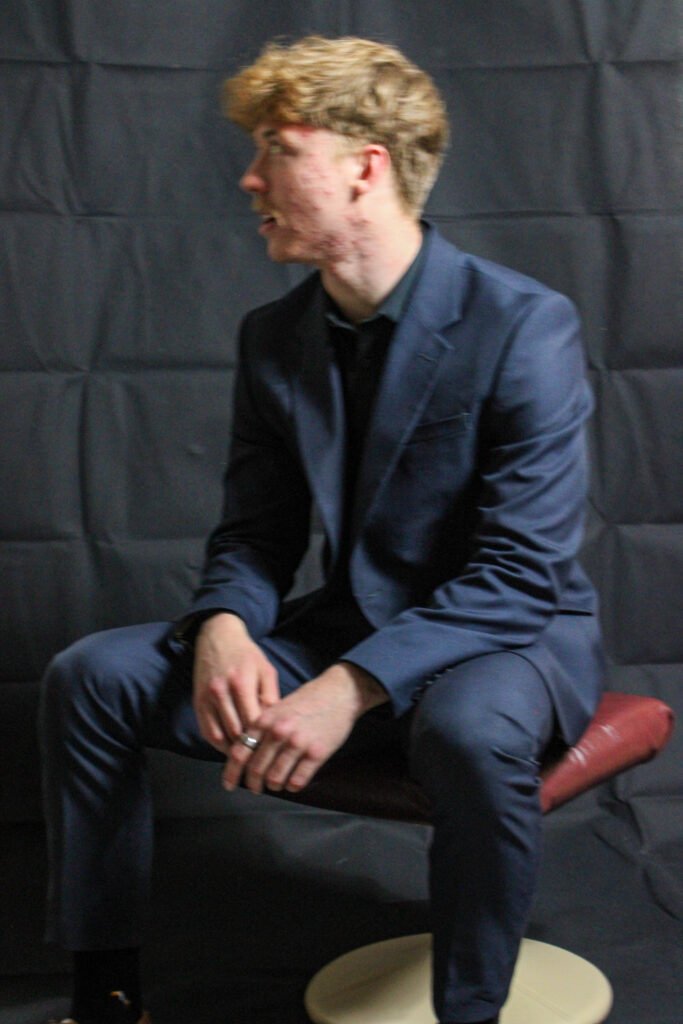
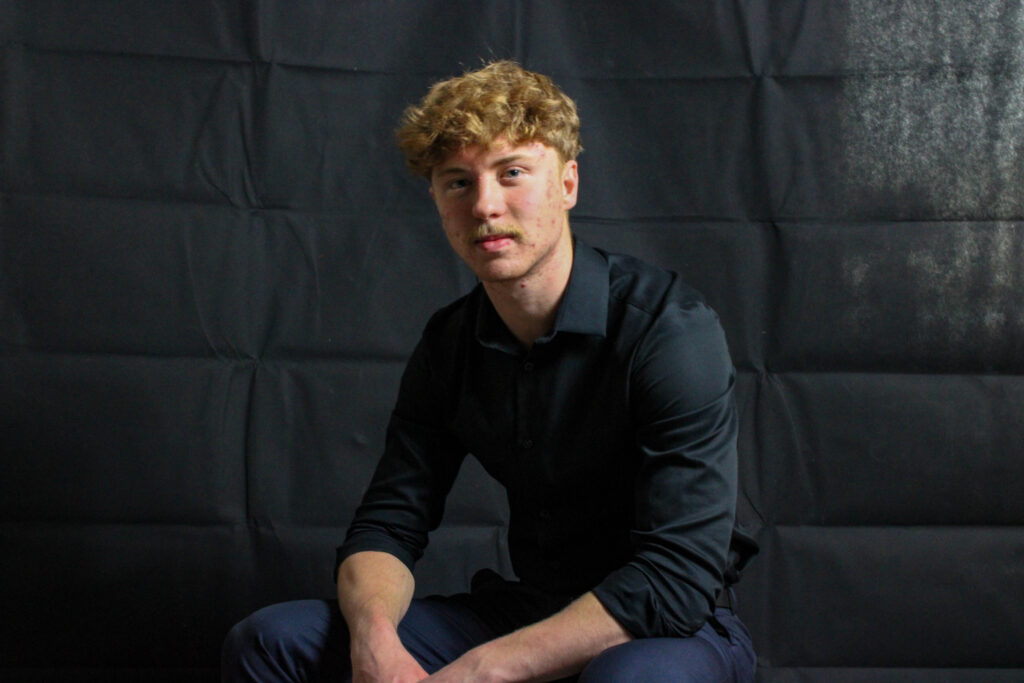

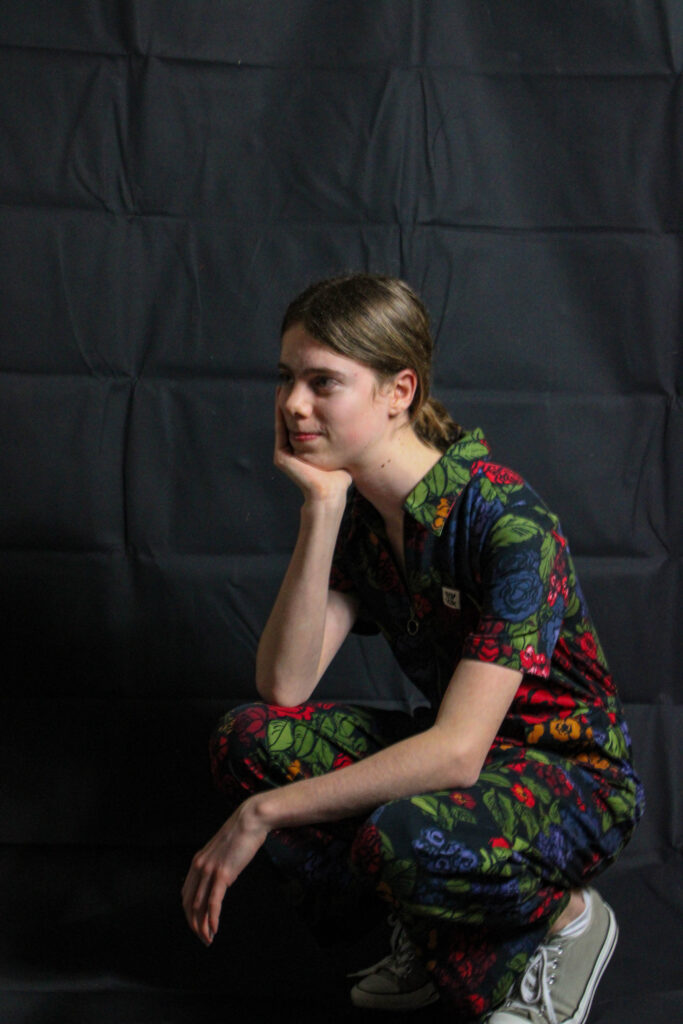


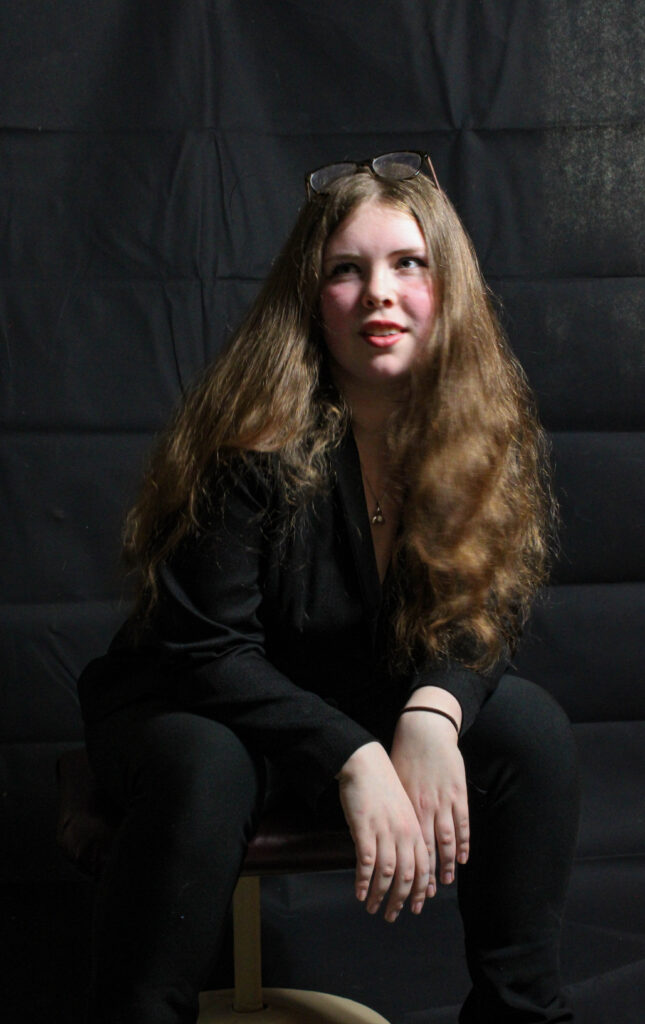


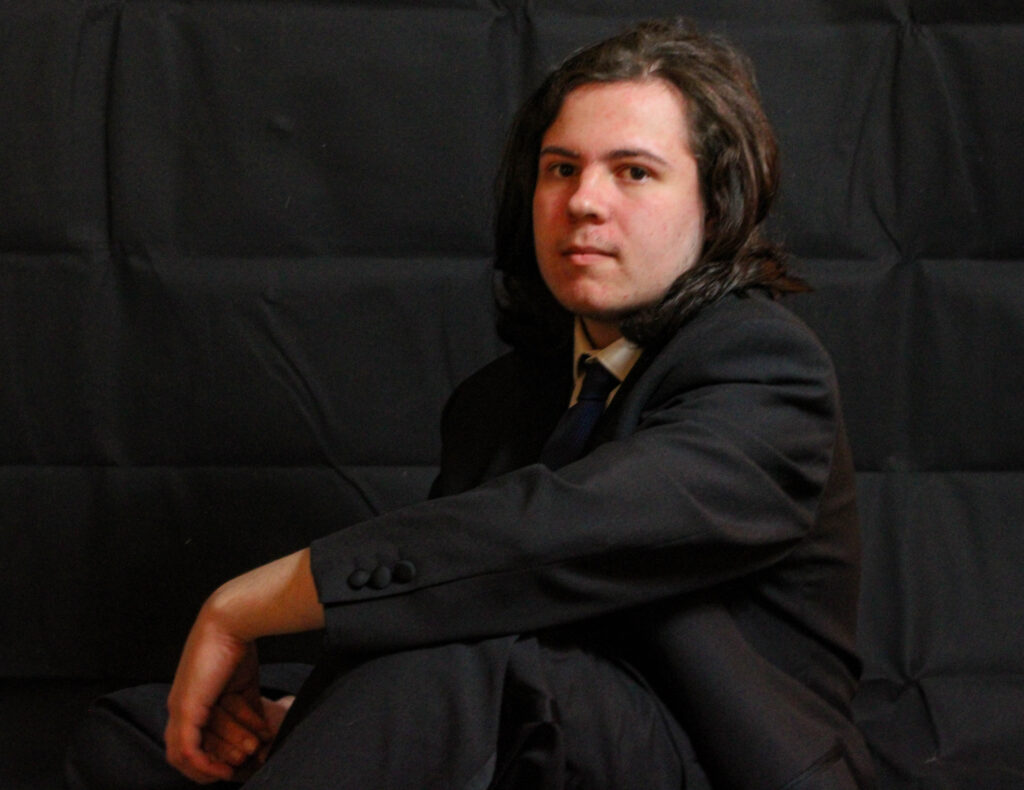


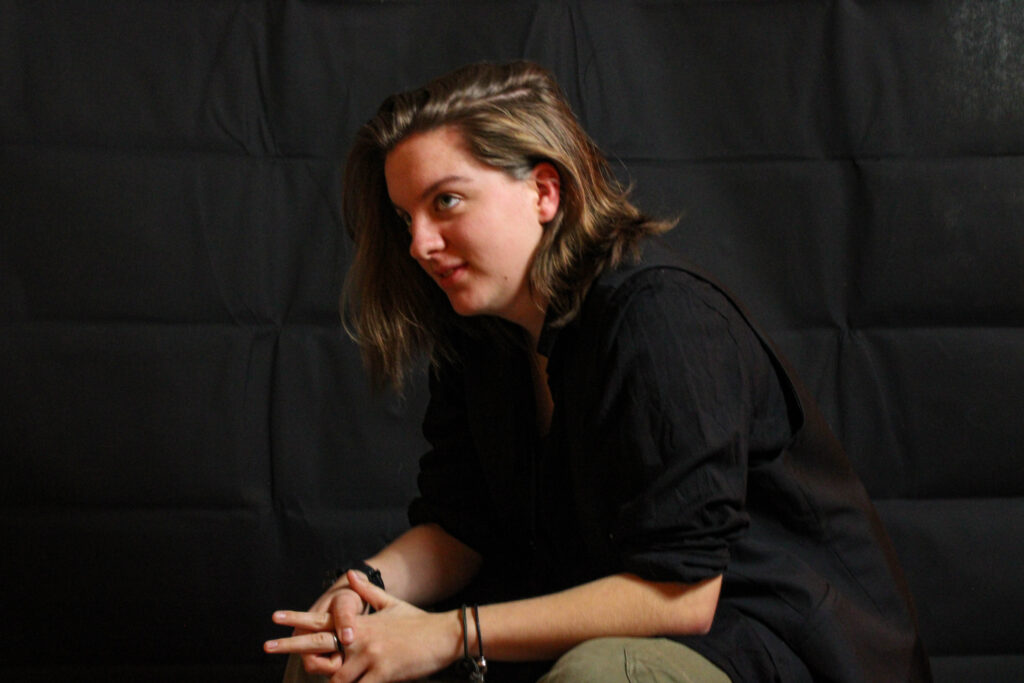
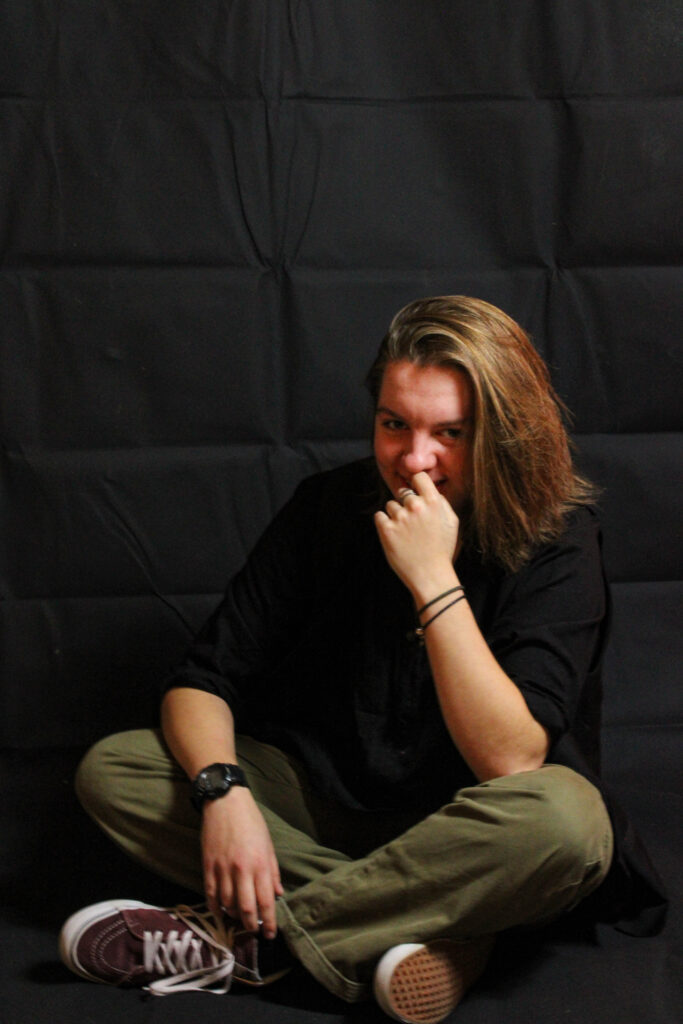
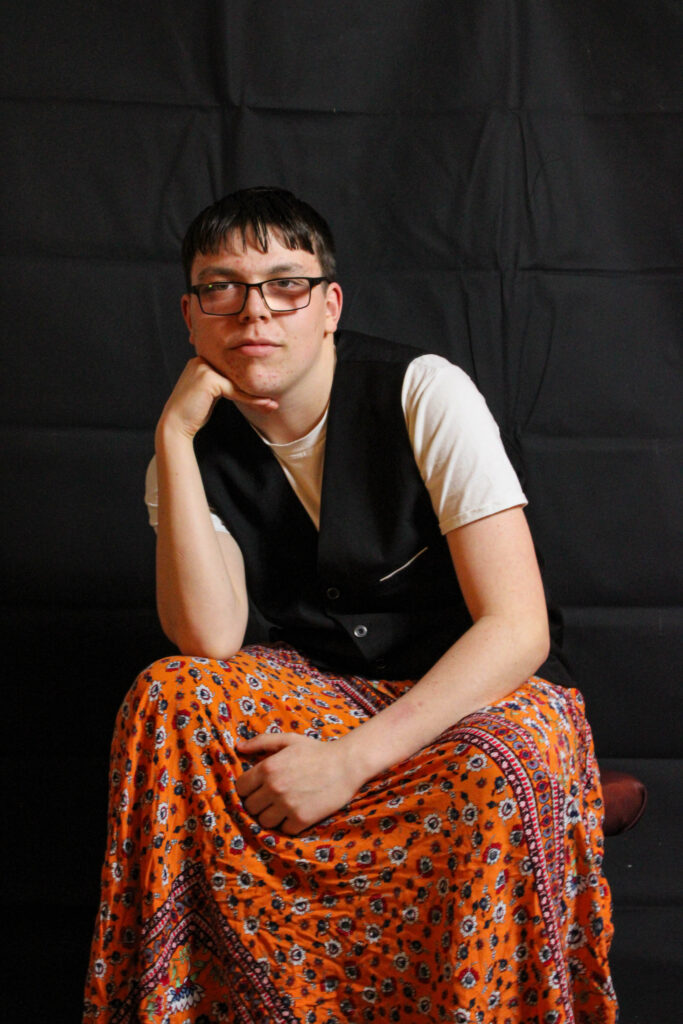
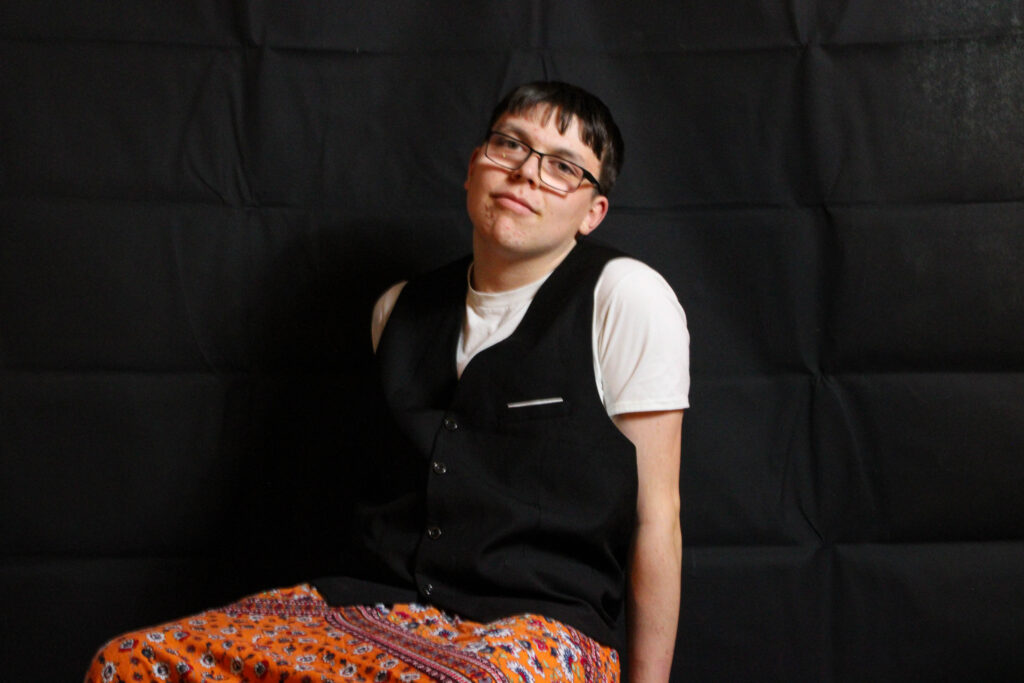
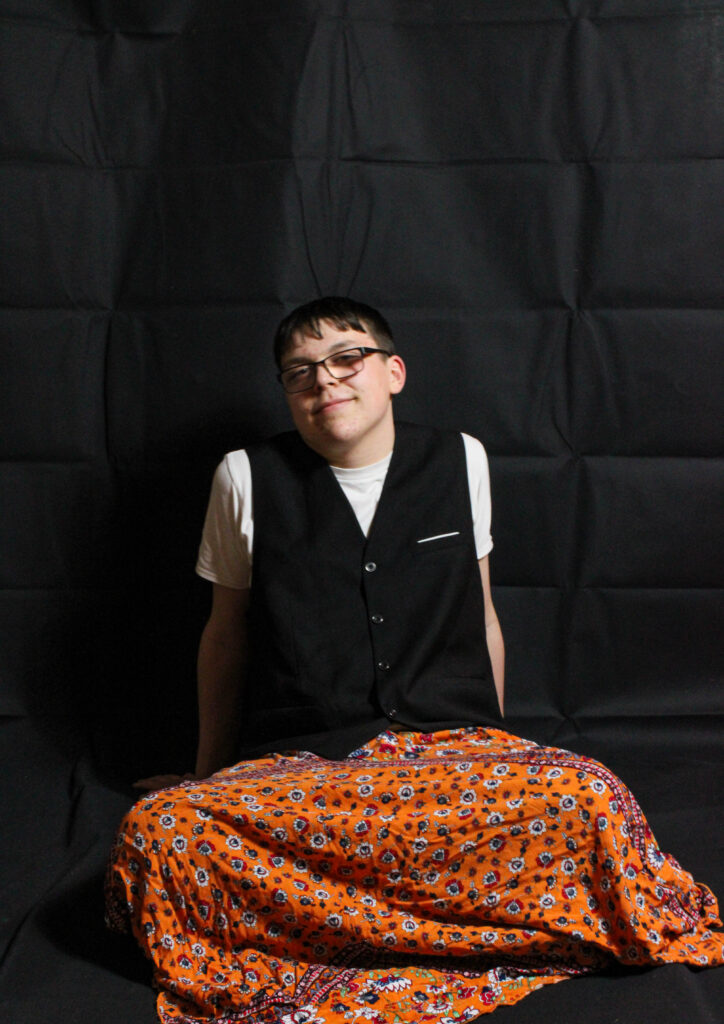
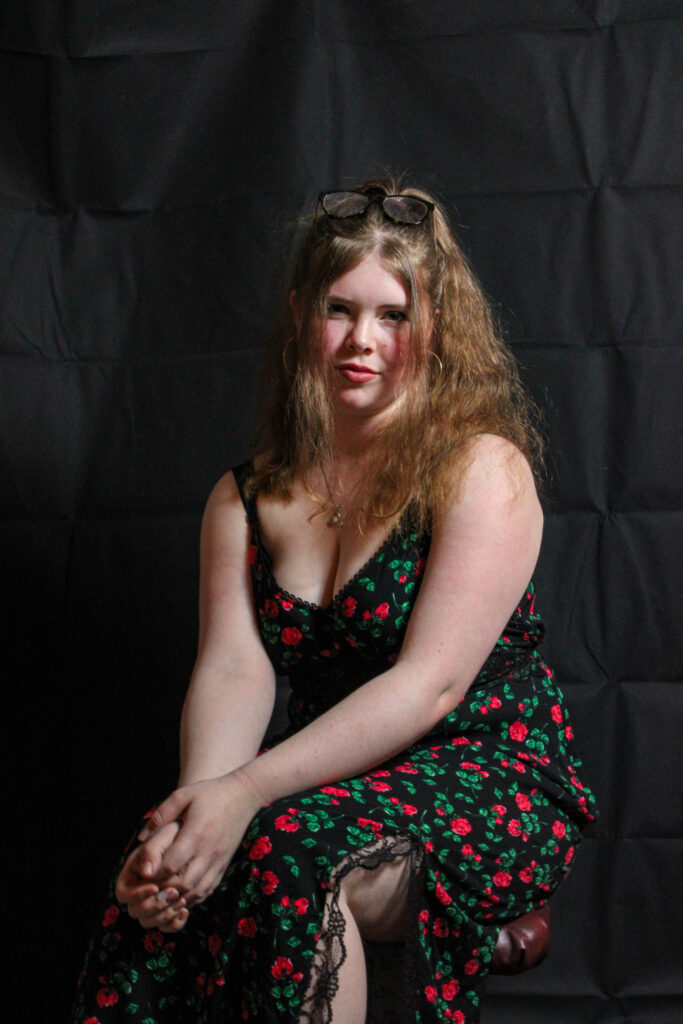
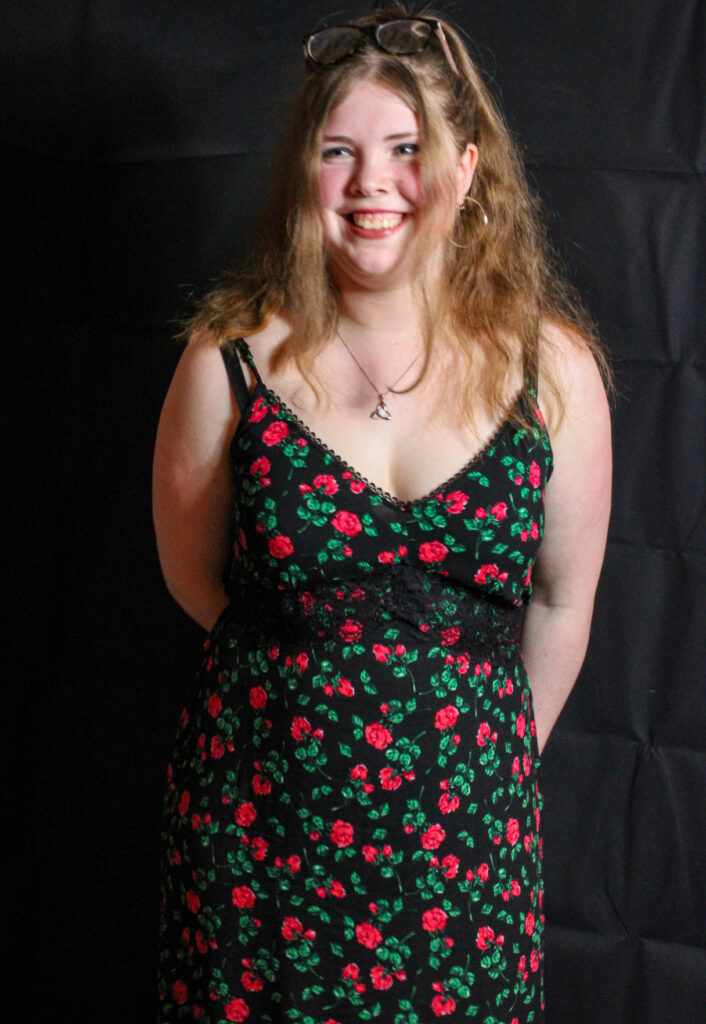
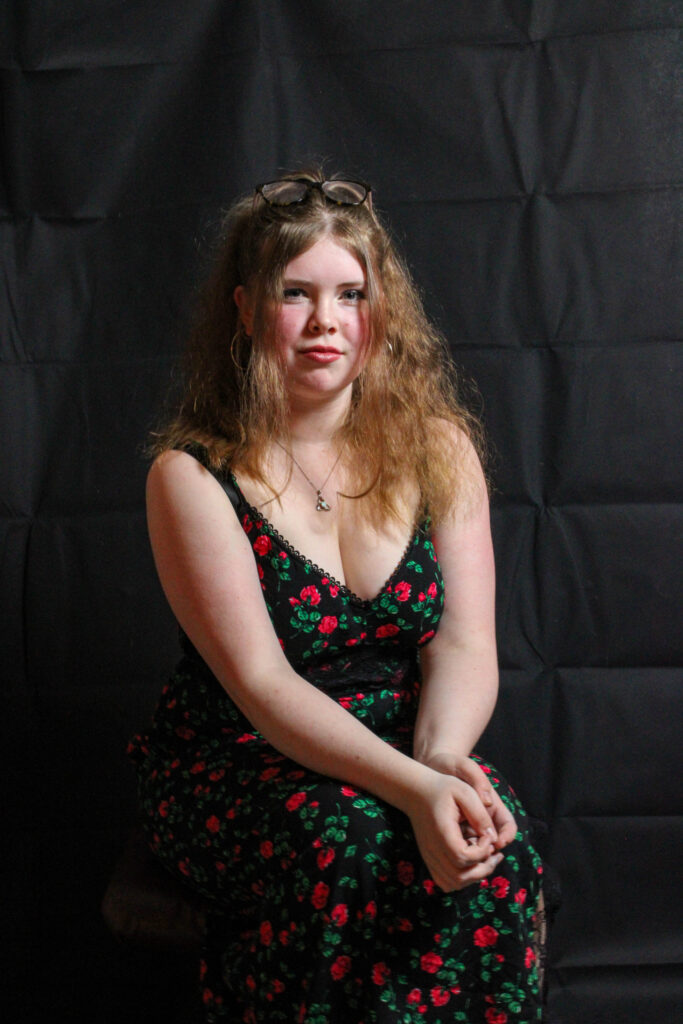
During this shoot, I plan to get pretty much all my images done at once as I probably won’t get another chance to get everyone together to do multiple photoshoots.
What?
I will photograph different people dressed masculinely or femininely, depending on what they are comfortable with, and experiment with gender stereotypes and gender roles to explore people’s views.
Why?
I chose this project for multiple reasons, one is because the line between “Masculinity” and “Femininity” can be fragile and many people cross this line and experiment, I would like to explore the idea that masculinity and femininity are both social constructs that have been made from centuries of gender stereotypes. The second reason is that I experiment with gender and would like to portray my own experience with gender through both self-portraits and portraits of other people.
Who?
I have a group of around 10 friends who are willing to help with this photoshoot and even experiment with gender stereotypes by wearing clothing that wouldn’t typically be “assigned” to their gender.
How?
I will use my camera which is similar to the ones we use in class.
When?
It will be an afternoon on either Monday or Friday as that is the easiest accessible to everyone taking part in the photo shoot, most of the shoot will probably be done while it is getting dark.
Where?
Instead of going to an actual studio, I will set up a portable studio in the living room at home. As much as these images are for my photography project, I would like to prioritise the comfort of the people taking part in the shoot and I think the best way of doing this is by being in a home setting rather than a school environment. The living room is the easiest room to blackout in the house which is the reason why I will be using it for the shoot.
Yasumasa Morimura
Yasumasa Morimura, born in 1951 in Osaka, is a Japanese artist whose work deals with issues of cultural and sexual appropriation. Morimura studied art at Kyoto City University of Arts and in 1985 made his first avant-garde self-portrait based on an iconic portrait of Vincent Van Gogh. Since then, Morimura has taken iconic images from pop culture, the media, and art history and deconstructed them using costumes, makeup, props, and digital manipulation to make provocative self-portraits.

His works exude playfulness and attest to the artist’s self-described role as an entertainer who wants to “make art that is fun.” His work often consists of inserting his face and body into portraits of artists and celebrities from history. Similar to American photographer Cindy Sherman, Morimura uses extensive props and digital manipulation to create his images, resulting in often-uncanny recreations of iconic works. “Taking photographs is generally an act of ‘looking at the object, whereas ‘being seen’ or ‘showing’ is what is of most interest to one who does a self-portrait,” he has explained. “Self-portraits deny not only photography itself, but the 20th century as an era as well.” Simultaneously reverent and satirical, his self-portraits manage to skewer traditional notions of beauty while revealing a deep appreciation for the art he appropriates.
Some of his more well-known pieces:




I would say this is my favourite image by him. I love the stylisation of the images, from the way his hands are placed to the lighting slowly fading as you go further down on his face. I picked this artist because his work really breaks down gender ideals, that men can’t wear makeup and supposedly “feminine” clothing, this could be fit into androgyny, fitting the theme of my project, as he dresses up as both females and males for his work.
Claude Cahun
Claude Cahun, born Lucy Renee Mathilde Schwob, was a surrealist, photographer, sculptor and activist. She is best known for her gender fluidity in art and her anti-Nazi resistance. She was from Nantes and was born into a provincial Jewish family. From an early age, Cahun struggled with her gender identity and in the early 1920s, she adopted the first name Claude because it could be a man or a woman.
Cahun combined several elements of surrealism, including reflections and doubling. A common theme in her work was the subversion of society’s expectations of women. Even in photographs where Cahun appears more traditionally feminine, she adds elements such as cropped hair to defy expectations of beauty.
One of my favourite images of Cahun’s is “Self Portrait of a Young Girl”. It depicts her lying in bed, looking quite sickly, hair spread out around her, reminiscent of Medusa’s. Most observers note that the tone and appearance are not appealing, many depictions of women on a bed in fine art are eroticized and Cahun’s point of view is a stark contrast to this. Cahun herself has said that the image reflects her mental health struggles after her mother fell ill and had to be committed to a mental hospital.

Cahun was friends with many Surrealist artists and writers and André Breton once called her “one of the most curious spirits of our time.” While many male Surrealists depicted women as objects of male desire, Cahun staged images of herself that challenge the idea of the politics of gender. Cahun was championing the idea of gender fluidity way before the hashtags of today. She was exploring her identity, not defining it.
In 2017, Gillian Wearing opened an exhibition in the Nation Portrait Gallery, this showed her recreating multiple of Cahun’s images using makeup and prosthetics, for example, her most famous recreation is of Cahun’s image “I am in training, don’t kiss me”. During this exhibition, Wearing often referenced what Cahun famously said “Under this mask, another mask. I will never finish removing all these faces.,” this reference is very much shown in the image “Me as Cahun holding a mask of my face” where she is recreating the image made by Cahun I have previously mentioned however with her own twist to it in which she is dressed as Cahun in the image, but she is holding a mask of her own face.

Nancy Honey
Bio
Nancy Honey (born 1948) is a UK-based American documentary and portrait photographer. Her work focuses on the lives of women, autobiographical, collaborative and documentary. She has been photographing for more than 40 years and has studied fine art, graphic design and photography in the United States and the United Kingdom. She has received many awards and commissions for her widely publicised work.
Nancy Honey’s personal work is just that – personal. Made over nearly 40 years, her images draw on her own experiences to consider topics such as motherhood, sexuality, power, and ageing. But though they’re framed by her biography, her projects look outwards, depicting and recording everyone from schoolgirls to businesswomen, infants to the elderly, models and bus passengers.
Her works
Woman to Woman

“In this body of work I set out to define and separate the various strands that make up my sense of my own femininity. How does sexuality manifest itself in me and what is the difference between what I feel and the ubiquitous stereotypical mass cultural images that surround me? How conditioned are my responses?” – Honey on the project
It consists of 22 colour triptychs.

Honey uses this quote from John Berger’s academic work to describe the project:
“A woman must continually watch herself. She is almost continually accompanied by her own image of herself, whilst she is walking across a room or whilst she is weeping at the death of her father, she can scarcely avoid envisaging walking or weeping. From earliest childhood she has been taught and persuaded to survey herself continually.”— Ways of Seeing, John Berger, 1972

Daisy

“This is a large collection of pictures I made with my daughter, Daisy over many years. I became fascinated with photographing her as I emerged as a photographic artist. She and I did it together and it was something I greatly enjoyed.” -Honey on this project



“I continued to make pictures of Daisy over many years and included her in every project I could. My son, Jesse, declared that making pictures together was boring early on and therefore I made far less which included him.
The project, which was never a formal one, just kept evolving. She was very good natured and patient and rarely refused.”
100 Leading Ladies

“During 2012-2014, I endeavoured to photograph 100 of Britain’s most respected women over the age of 55; from academics to entrepreneurs, fashion designers to composers. The Leading Ladies all share one thing in common; they are leading figures in their fields and have defied gender stereotypes.”



“I invited each woman to select a place of inspiration for their portrait setting, affording the viewer further insight into the lives, personalities and character of these admirable women.”
The photos were first exhibited at Somerset House, London in 2014. The exhibition toured the UK for 2 years afterwards.
Some more of her major/most well known works

I think this image represents the female gaze very well, even if the image is of a nude woman, it is taken in a way to show the natural beauty of the woman, not the idealistic view that can be seen in the male gaze. The natural light coming into the room really enforces the natural view of the female gaze
I plan to explore Masculinity, Androgyny and Femininity using the male and female gazes.

I personally experiment with gender all the time, as I am fluid within my gender and I feel as though it could be fun to represent my thought process within gender through photography whilst using other people.
As I said, I experiment with gender and would like to represent this using different people dressed in a “masculine” or “feminine” manner. I have a group of friends who would be willing to dress up and wear makeup to be part of this project.
Most of my shoots will be in a studio, as it’s a controlled condition and I want the people to feel comfortable during the shoot no matter what, my main concern in the sense of the people is making sure that they feel like they can express themselves and have fun while doing it.

Throughout the years, many photographers have experimented with gender in their work and in this project I will only be using a couple of them to help me develop my outcomes. Not only will I be delving into Masculinity & Femininity but also going against typical gender stereotypes that have been around for many years, especially if it was acceptable to do certain things in the past that are now unacceptable or frowned upon by a large group of people.

Using the key work OBSERVE, I will use the male and female gazes to view (observe) each gender from each gaze. Gaze has become a familiar term to describe a particular way of looking at, perceiving and understanding the world, in my project, I will be looking into the voyeuristic gaze which describes how men view women and women view men. I think it will be interesting to see how each gender view both the other and their own in the eyes of everyone else.

In reference to SEEK, I will be asking the people to photograph images of the other people in the group to explore and look for (seek) how they view the genders and gender stereotypes. I will enjoy seeing how everyone views how certain genders should present themselves and show the diversity of ideas in young people.
The final word CHALLENGE will be the most experimental, I would like to delve into gender stereotypes and go against (challenge) them, for example, have someone who would be perceived as “feminine” dress in a “masculine” manner and vice versa. This could be a great opportunity to experiment and have fun with this project as experimenting with gender should be fun.

Overall, I would like my project to be a way to experiment and have fun with gender while also using the voyeuristic gaze to present these images. This project while being fun, will reflect my own view on my gender and gender stereotypes, making this something I feel quite passionate about.
To understand the difference between the female and male gaze, it is important to look at how both are viewed in society.

The male gaze focuses more on the power that is held within the gaze, rather than the degradation of a woman. Objectification comes more from the viewers rather than the initial male gaze we see. The male gaze is represented more so by the power which is held in his look, leaning more towards the ego that is taking place in the man. This idea is that he is looking at a woman; in his mind, she is already his. The male gaze and objectification both share the similarity of high egos being involved, meaning that they are degrading women to get themselves higher. When looking at the male gaze, it becomes quite clear that this is the lens cinema has been casting for decades. “The man controls the film phantasy and also emerges as the representative of power in a further sense”. There is this stereotypical viewpoint on women that cannot be escaped by the male gaze, which I also see as the gaze of society.

After understanding the male gaze, it is appropriate to believe the female gaze is quite opposite of that. It is a way of speaking and listening, rather than the action and chaos that fills a screen. As well as, looking through the lens of both desire and detail that take place in a women’s cinema. Allowing there to be this connection to desire, but in a way that isn’t just purely sexual. I also think that the female gaze can be viewed in a few different ways. The female gaze is how women view themselves. That there is finally this ability to look in, rather than just the reflection of how society has wanted to see us. There is also the definition of the world being viewed from a female gaze, meaning more feminine without the purpose of benefiting men. I do believe the two definitions I have named also tend to intertwine with each other.

What is the Photographic Gaze?
The gaze, as a visual act, generates modes of power, domination, and control. It has the ability to categorize people, generate feelings of shame, and assert one’s superiority. The gaze of the superior and privileged person, specifically directed toward oppressed and less privileged groups of people, is one type of the manifestation of power and control.

The camera lens is another demonstration of a powerful gaze, referred to as the photographic gaze, simulating the gaze of the naked eye. Indeed, the former could even be more powerful than the gaze of the naked eye due to photographic permanence. Susan Sontag in On Photography notes that “photographs are a neat slice of time, not a flow” (17). It is the stillness of a photograph that gives it power and makes it more effective than television broadcasting or film. Photography, then, has the ability to capture in “still time” the expression of oppressed subjects as the camera gazes at them.
John Berger’s In Ways Of Seeing
In Ways of Seeing, a highly influential book based on a BBC television series, John Berger observed that ‘according to usage and conventions which are at last being questioned but have by no means been overcome – men act and women appear. Men look at women. Women watch themselves being looked at’ (Berger 1972, 45, 47).

Writing in 1972, Berger insisted that women were still ‘depicted in a different way to men – because the “ideal” spectator is always assumed to be male and the image of the woman is designed to flatter him’ (ibid., 64). In 1996 Jib Fowles still felt able to insist that ‘in advertising males gaze, and females are gazed at’ (Fowles 1996, 204). And Paul Messaris notes that female models in ads addressed to women ‘treat the lens as a substitute for the eye of an imaginary male onlooker,’ adding that ‘it could be argued that when women look at these ads, they are actually seeing themselves as a man might see them’ (Messaris 1997, 41). We may note that within this dominant representational tradition the spectator is typically assumed not simply to be male but also to be heterosexual, over the age of puberty and often also white.